Seven Man-Made
By Robert Curley
Caribbean Travel Expert
Humans have inhabited the islands and coastlines of the Caribbean for millennia, leaving behind the legacies of great civilizations, conflicts, faith and commerce. The Seven Manmade Wonders of the Caribbean include the remains of the great cities and temples of the Mayans, the still-thriving historic capitals of Cuba and Puerto Rico, fortresses and churches, and the Panama Canal.
Caribbean Travel Expert
Humans have inhabited the islands and coastlines of the Caribbean for millennia, leaving behind the legacies of great civilizations, conflicts, faith and commerce. The Seven Manmade Wonders of the Caribbean include the remains of the great cities and temples of the Mayans, the still-thriving historic capitals of Cuba and Puerto Rico, fortresses and churches, and the Panama Canal.
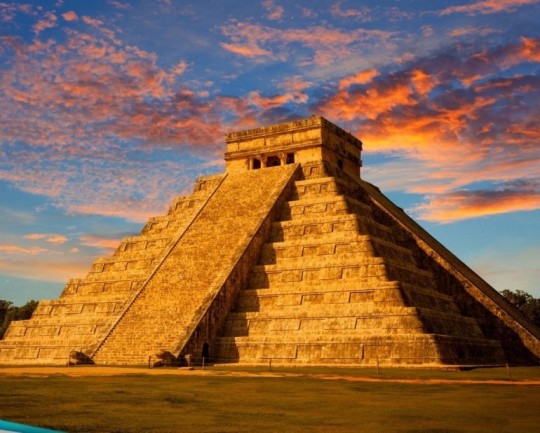
Recently added to the new list of New Seven Wonders of the World, the ruins at Chichen Itza on Mexico's Yucatan Peninsula stand as a lasting tribute to the great Mayan civilization
that raised this sprawling city between 400 A.D. and about 1400 A.D., when it was suddenly and mysteriously abandoned. The Pyramid of Kukulkan is the most well-known and tallest structure at Chichen Itza, but the site also contains a grand plaza, marketplace, ball court, and an ossuary. The Tulum
ruins are smaller but no less impressive: this walled port city is well-preserved partly because it was inhabited well into the 16th
century. Tulum is a popular tourist site, combining ancient history with the beauty of the Caribbean coast just 80 miles south of
Cancun.

Haiti's
Citadelle Laferrière is remarkable not just because of its size (the
largest fortress in the Western Hemisphere) and mountaintop location but
also because it was built not by a European army, but by local Haitians
determined to protect their new nation. The citadel, located atop a
3,000-foot mountain, was built between 1805 and 1820 and armed with 365
cannon. Although located well inland from the Haitian coast, the fort
provides commanding views out to Cuba, located 90 miles across the
Caribbean. With 130-foot walls, the citadel has become a symbol of
Haitian national pride, and its location in the more peaceful northern
part of the country allows access to tourists, who can hire guides in
the town of Milot to visit the fort.



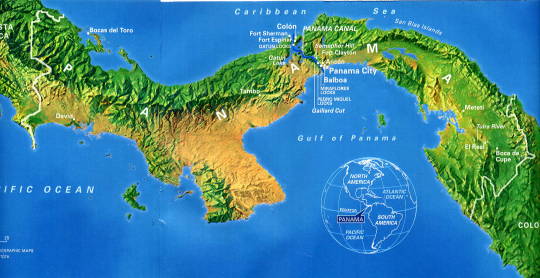
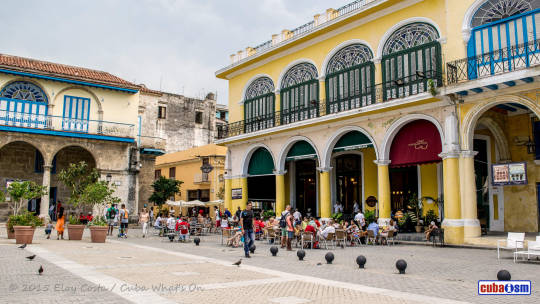
St. Kitts
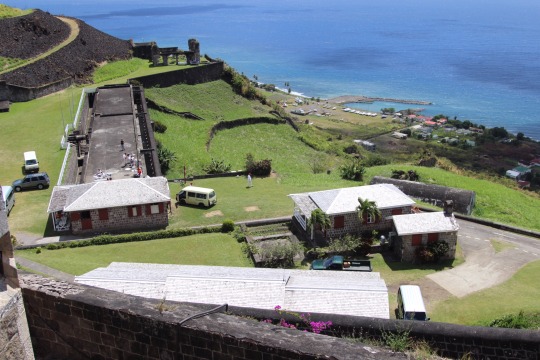

Amid the can fields and rain forests of St. Kitts
rises the Brimstone Hill Fortress, perched on a massive 800-foot-high volcanic promontory near Sandy Point. Known at the "Gibraltar of the West Indies," the British fort was built between the 1690s and 1790s, its thick walls carved from black volcanic rock. Despite its commanding location and great strength, the fort was conquered by the French in 1782, but later reclaimed by the British under the Treaty of Versailles.
After a period of neglect, this UNESCO World Heritage
site was restored by the St. Kitts government and today is one of the island's most popular tourist destinations, offering sweeping views of
the Caribbean and the nearby Nevis, Montserrat, Saba, St. Martin, and St. Barts.
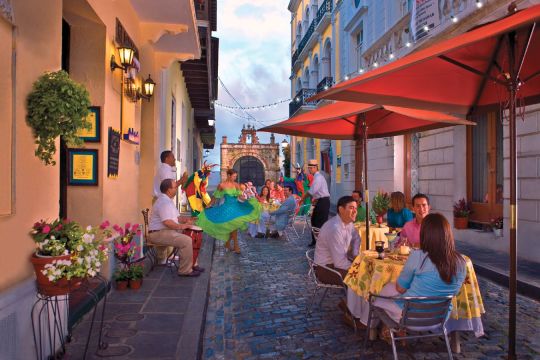
The old city of San Juan, the capital of Puerto Rico is filled with wonderful historic buildings, but two stand out: the picture-postcard Fort San Felipe del Morro and La Fortaleza,
the governor's mansion built between 1533 and 1540. Both UNESCO World Heritage sites, the two forts were built to defend the city from both
European enemies of the Spanish inhabitants and the local Carib Indians. "El Morro" was started in 1539 and additions were made for the next 400 years; it saw action in battle against the English in the 1590s, the Dutch in the 1620s, and the U.S. in the 1890s. La Fortaleza is the oldest executive mansion in the New World and still in use today.
*
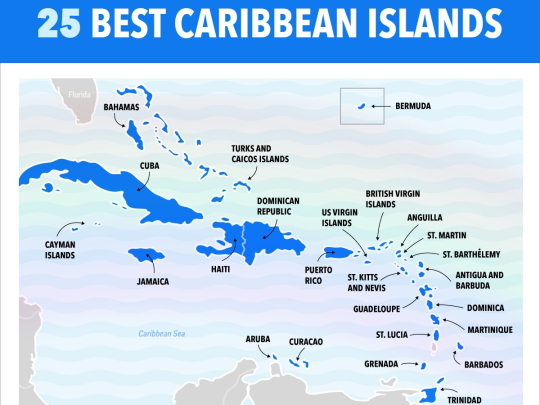
*

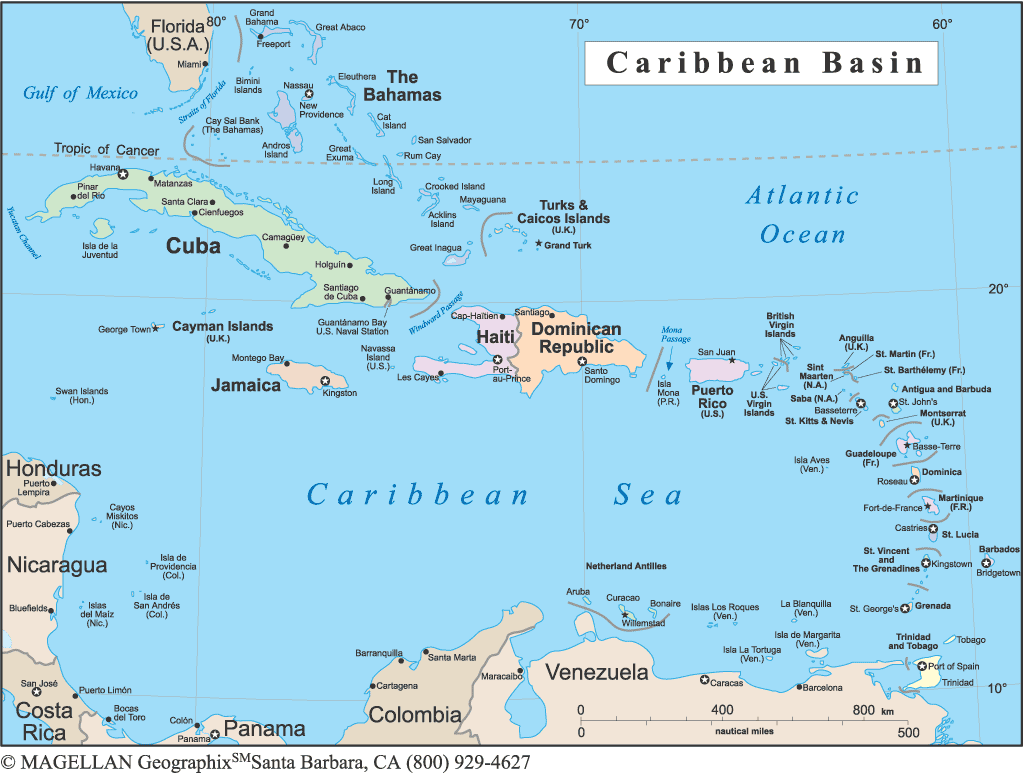
No comments:
Post a Comment